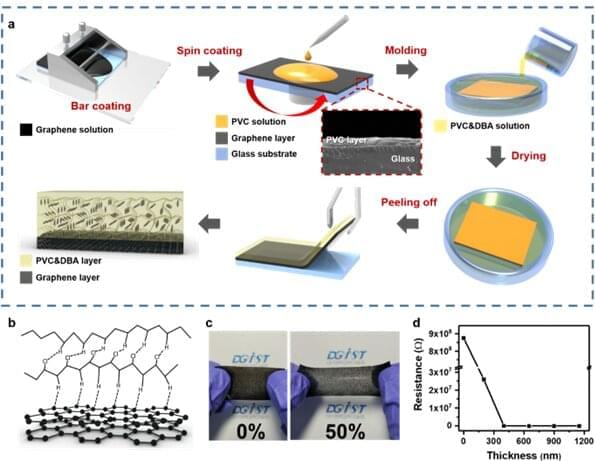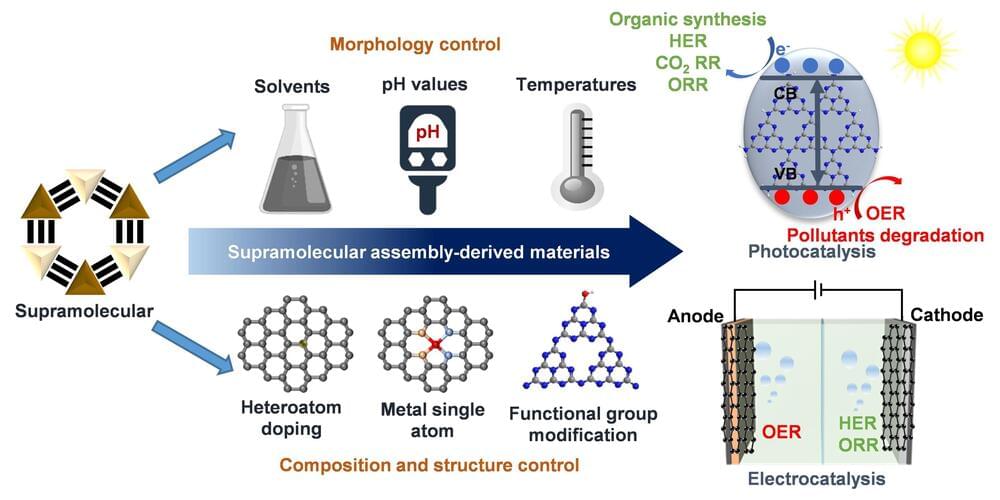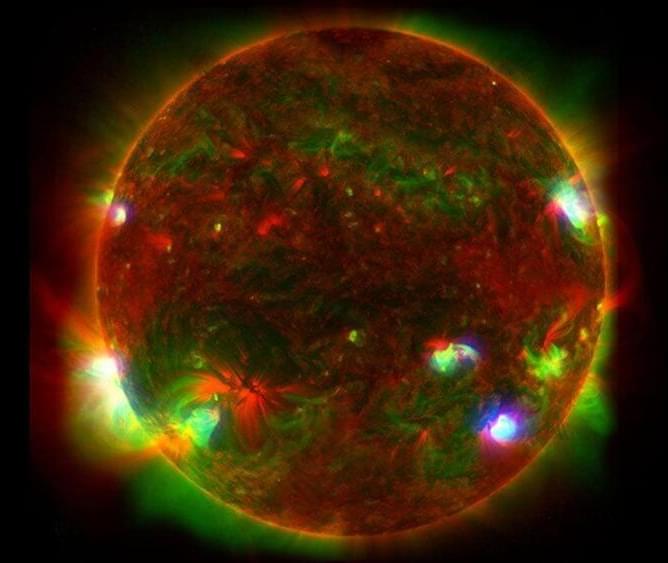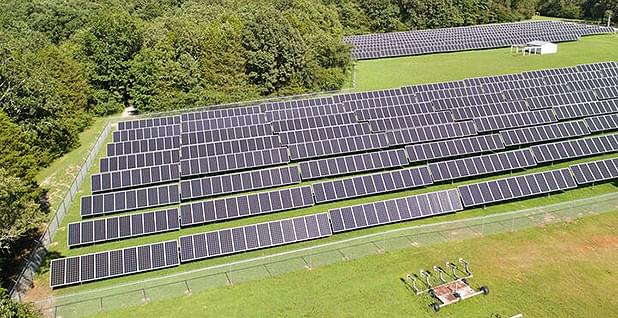Feb 21, 2023
This startup uses grass to build energy-efficient building panels
Posted by Gemechu Taye in categories: energy, sustainability
This innovative startup is revolutionizing architecture — with building panels made out of fastest-growing perennial grass on Earth.
With housing shortages in need of quick fixes, the manufacturing industry is facing a conundrum: how to source materials and build structures while cutting down on emissions. The answer lies with sustainable construction — not only could it help reduce our environmental impact, but it also keeps costs low during implementation.
Recently, a new startup named Plantd achieved a milestone of building ultra-strong building panels out of the fastest-growing perennial grass on Earth — the best sustainable alternative to construction.
Continue reading “This startup uses grass to build energy-efficient building panels” »

















